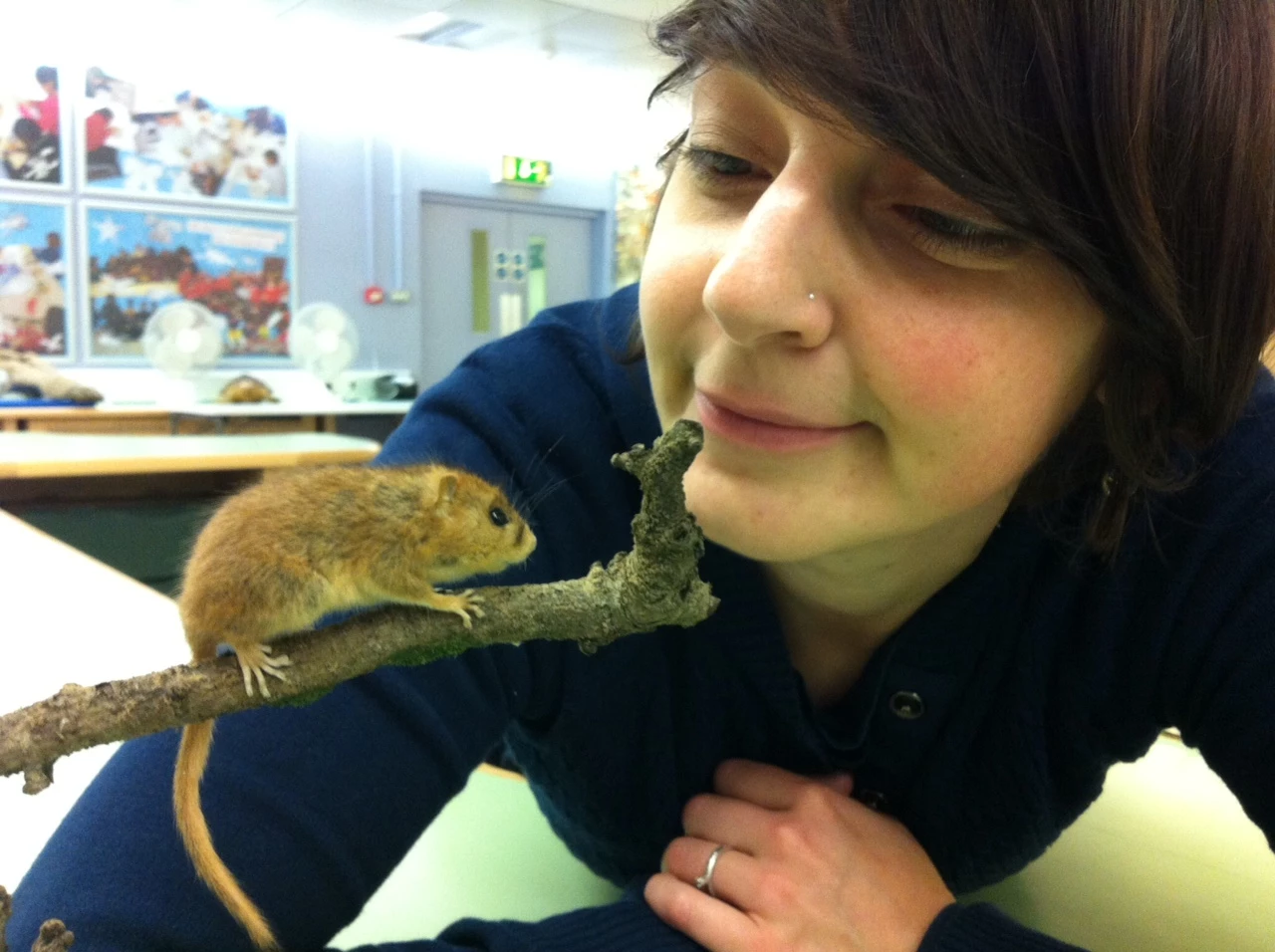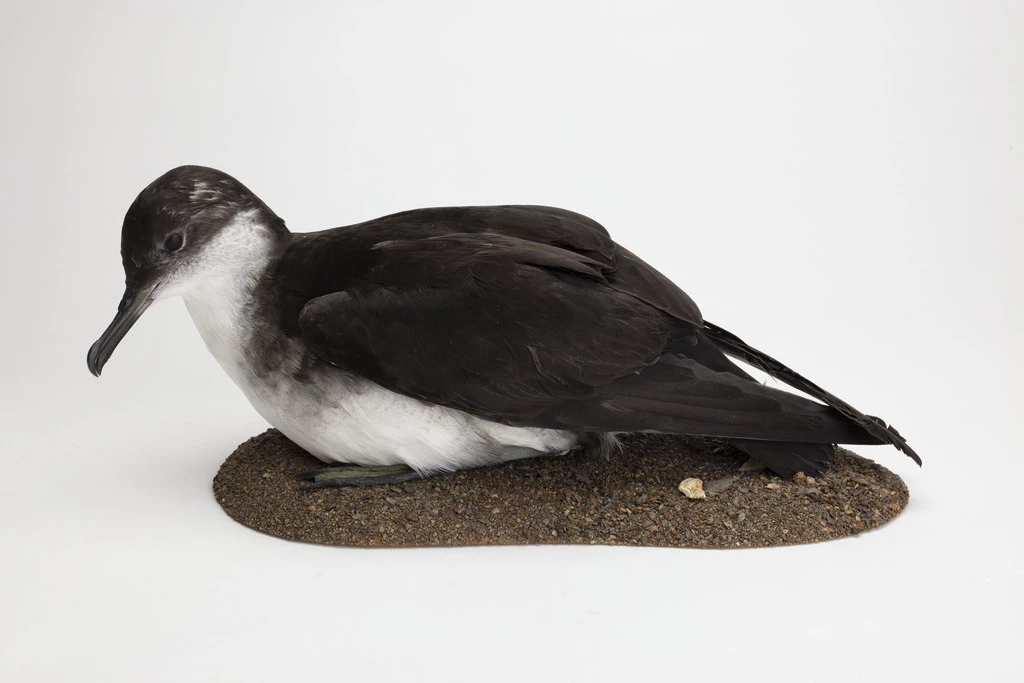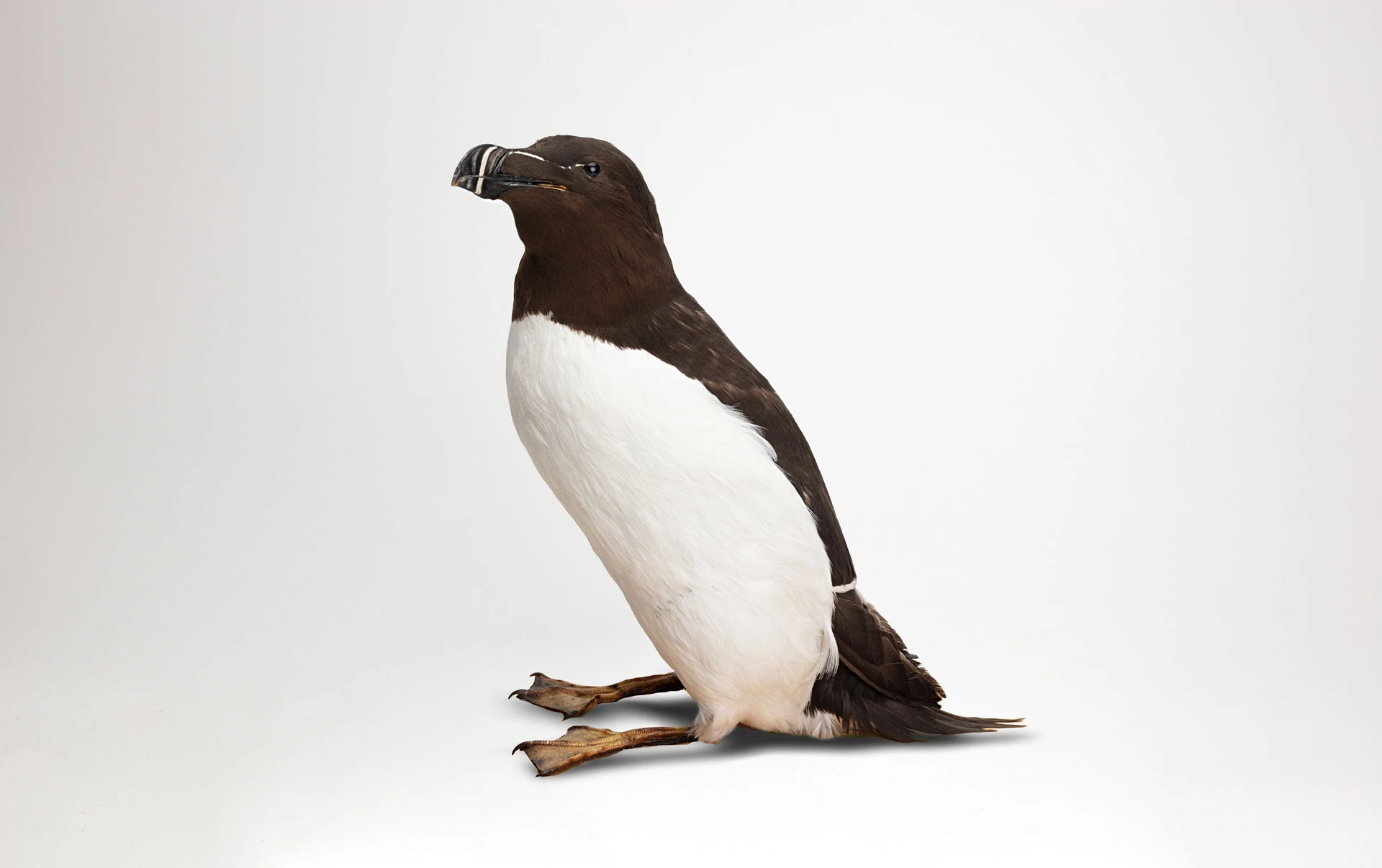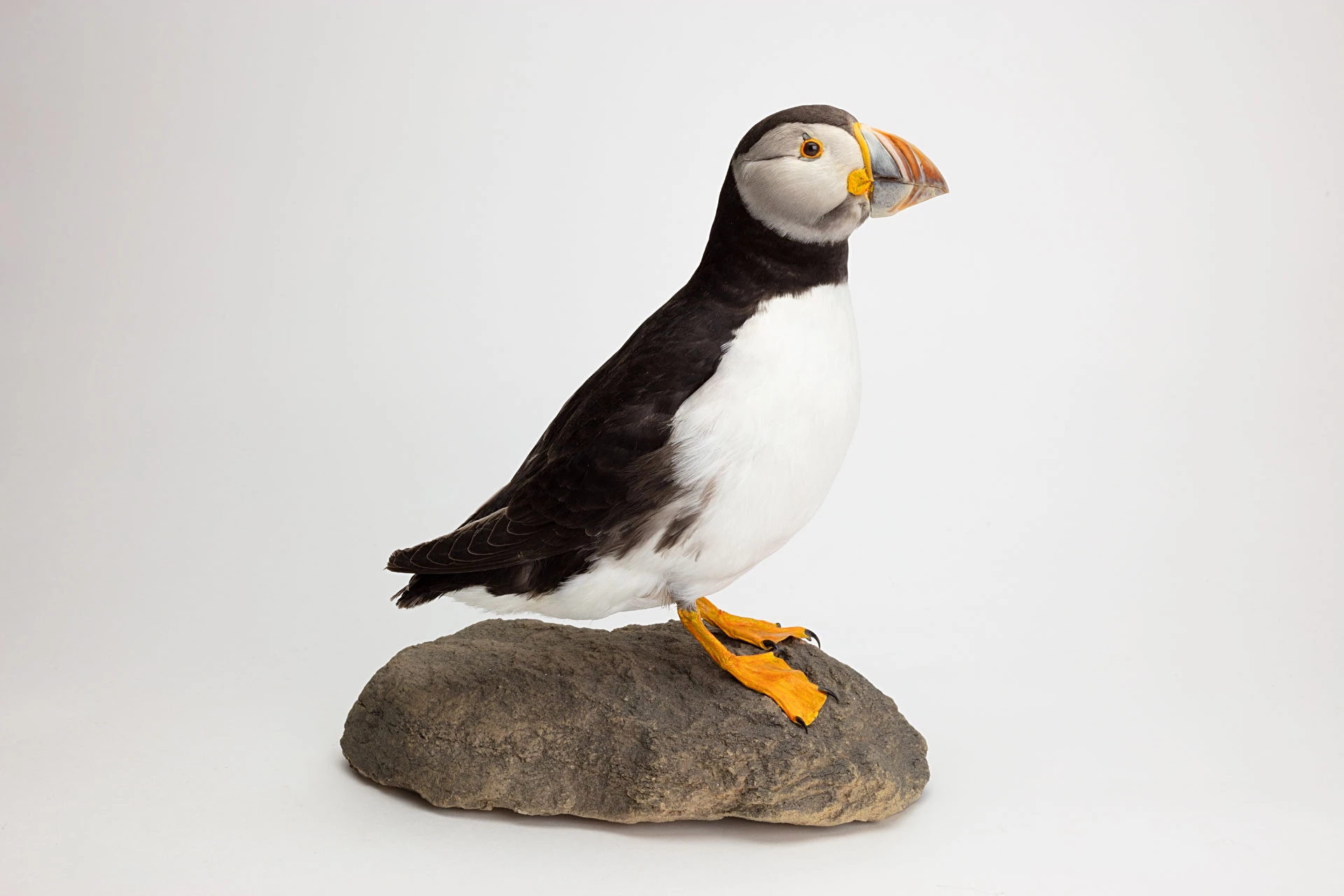Where Have All Our Seabirds Gone?
, 23 January 2023
A sad fact is that this disappearance is mirroring what is happening in the outside world. Birds are suffering a pandemic of their own, the worst outbreak of avian flu ever known in the northern hemisphere. A new strain of bird flu has been attacking bird populations since the autumn of 2021, spreading from intensively farmed poultry in China. By late spring of 2022 there were increasing reports of the disease in seabird colonies in the north of the UK, and this has now spread across the whole of the country.
Avian flu is a virus that affects a range of birds but as with other viruses there are many different strains, most of which cause few or moderate symptoms. The difference is that this current strain, HPAI H5N1, is transmitted easily and causes symptoms that can be fatal to birds.
The effect on wild bird populations has been devastating, particularly on sea birds who live in large dense colonies along cliffs and islands where the virus is easily transmitted. It is estimated that tens of thousands of birds have died - you may well have seen some of the footage of dead or dying birds or even seen dead birds along our coasts.
In the UK we are privileged to host internationally important breeding populations of seabirds, a whopping 25% of Europe’s breeding seabirds. Worst affected species are the Great Skua and Northern Gannet populations. Up to 11% (over 2,200 birds) of the UK population of Great Skuas have been lost and scientists have recorded such high numbers of Gannet deaths that they think some populations are near collapse.
The situation is continuing to be monitored, particularly with waterfowl, like geese, who overwinter in the UK. The hope is that populations will eventually develop an immunity to the disease, and there have been some encouraging signs in some birds, like Puffins, who seem to have had a good breeding year in 2022.
We hope to see the return of our seabirds both in the galleries and along our coasts soon!
You can find more information and recent updates on the situation in Wales here: Avian influenza (bird flu): latest update | GOV.WALES. You can also read a more detailed blog about it on The Wildlife Trust blog pages: Avian flu – the latest symptom of our ailing ecosystems | The Wildlife Trusts.
If you want to help, there are several organizations appealing for support to help monitor the situation and help seabirds recover: The British Trust for Ornithology (BTO): BTO Avian Influenza Appeal | BTO - British Trust for Ornithology and RSPB: Bird Flu Emergency Appeal Donation Form | The RSPB.
If you find dead wild birds, you should follow the latest guidance on GOV.WALES (Report and dispose of dead birds | GOV.WALES) or GOV.UK (Report dead wild birds - GOV.UK (www.gov.uk)) or webpages. Remember not to touch or handle any dead or sick birds.
For a handy guide to identifying Welsh coastal birds, download our Nature On Your Doorstep spotters guide: Spotter's Guide | Museum Wales





